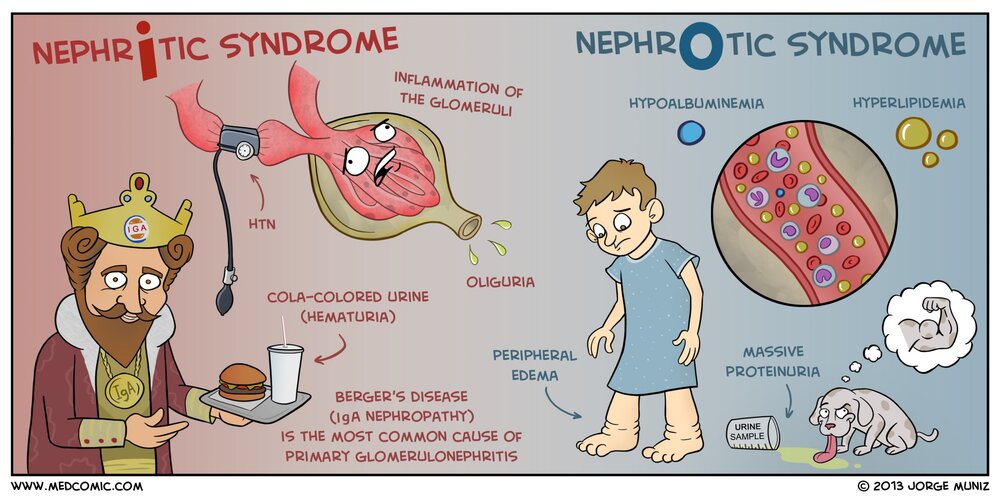Lupus nephritis, also known as systemic Lupus erythematosus, is a common complication in individuals with systemic Lupus erythropoietosus (also known as systemic Lupus) – more commonly referred to as Lupus nephritis. Lupus is an autoinflammatory disease, which means that your body's immune system starts attacking its own tissue and organs. Lupus is caused by a combination of several genetic or environmental factors, but there are several symptoms that can be a warning sign that you may have Lupus nephritis.
There are some typical signs that indicate nephritis in individuals with Lupus, but they are not always consistent. Aching and stiffness in the legs, abdomen or back may be common among individuals with Lupus, especially if they had a recent injury. Other common symptoms include fatigue, fever, night sweats, nausea and vomiting. In most cases, these symptoms will occur after the individual is exposed to a potentially harmful substance.
Nephrotic nephrosis is not really related to the kidney, because it affects the tissues and organ tissue surrounding the kidney. If the nephrosis does not heal on its own, then a surgical procedure may be needed. Other medical conditions, such as renal failure, can cause necrosis, as can certain medications.
Symptoms of nephritis are very similar to other diseases that affect your kidneys, so there is no particular reason to think that the disease itself is wrong. But if you have any of the following symptoms, you should contact your physician immediately. Keep in mind that if you do have any of these symptoms, you should seek medical attention right away.
Kidney stones (renal calculi) – When you have nephrosis, the stones usually develop in the urine. But, you may also experience pain when urinating, or feel that the urine is cloudy or has a bitter taste.
Painful Urination – When you are having kidney problems, you are more likely to experience painful urination.
This is also a symptom of nephritis.
It is caused by the fact that the tissues in the lower urinary tract have been damaged and may be inflamed

A change in skin color – When nephritis occurs, the skin may become dry and scaly. In addition, the skin may also become red, with blisters forming in the area around the kidney.
Pain and fever – If you feel any of these symptoms, you should immediately contact your doctor and see what your options are for treatment. Seek medical attention right away, as these symptoms are the first sign that something else may be wrong. In some cases, your physician may recommend that you undergo surgery for nephritis.
If these symptoms appear after the age of 30, you should definitely make an appointment to see a physician. If you experience these symptoms more than four or five times a year, you should contact your physician about this condition. The earlier that you get this condition treated, the better the outcome will be. There are many different ways that you can treat kidney stones and nephritis, but your best bet is to consult a doctor right away.
One way to treat the pain associated with kidney stones and nephritis is through the use of ice. Ice can be used to reduce inflammation of the area that is affected by the kidney stone. And, it can also reduce the amount of urine that you are able to pass each day.
Acidophilus supplements – You can also use acidophilus to help control your pain and swelling. In addition, this supplement can help to strengthen your immune system. so that it is more able to fight off infections and disease.
These are just a few examples of how your body can heal itself. But, you should never forget that your kidneys are the key to your health – and that the proper care and treatment can help you live a longer and healthier life.